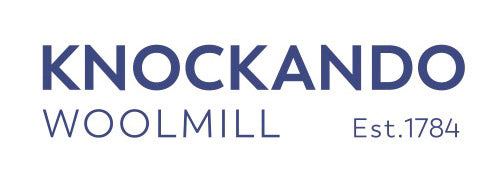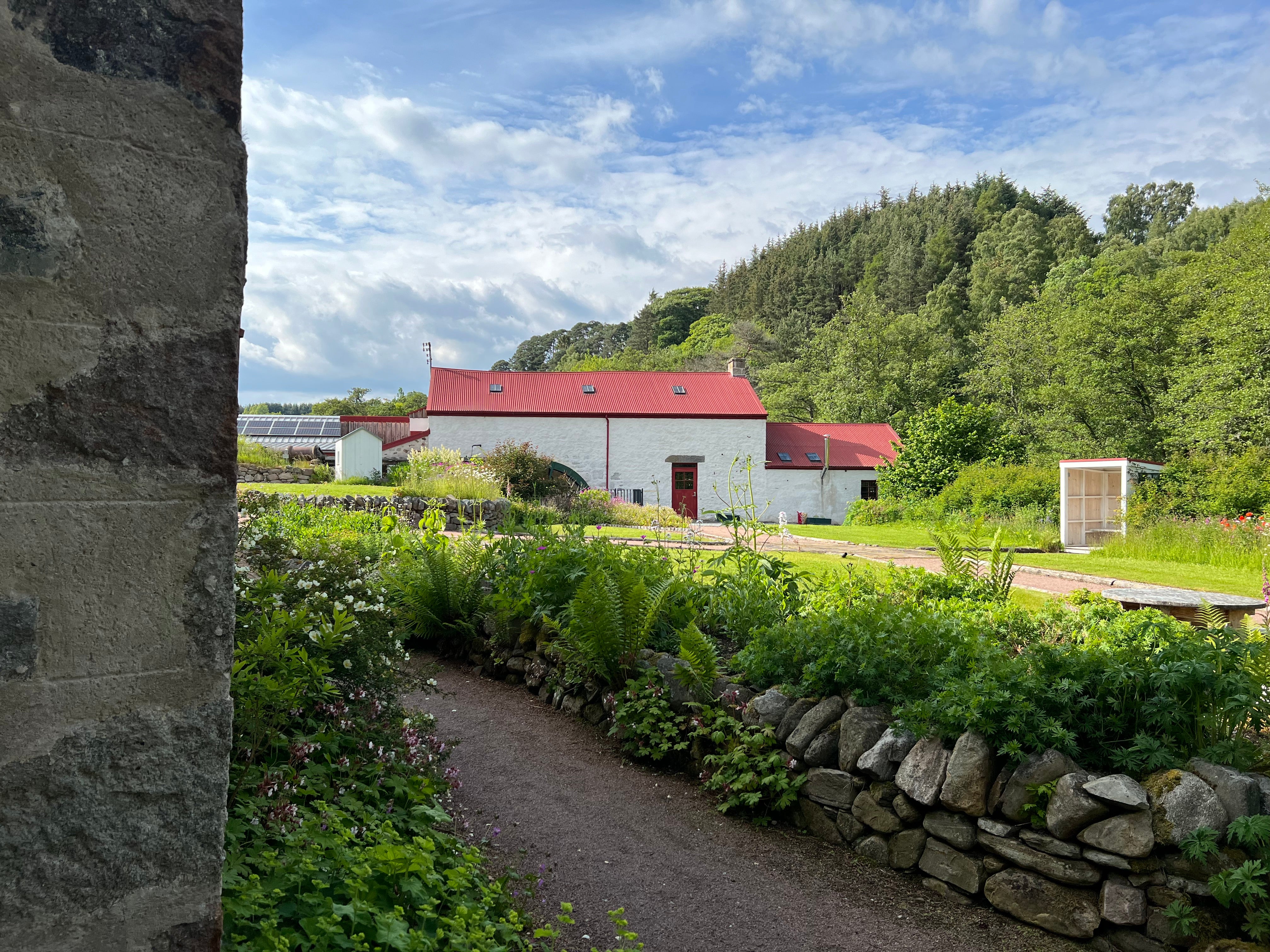OUR TIMELINE
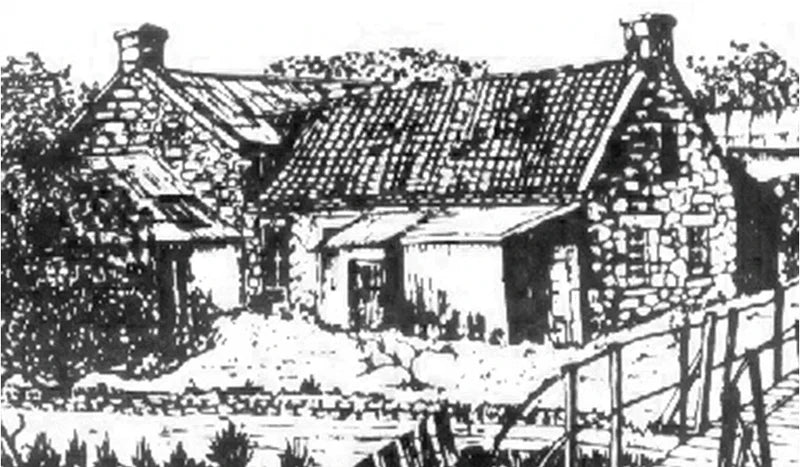
The Waulk mill
1784
William and Anne Grant are listed in Parish records as "fulling" wool from local sheep at Knockando Waulk Mill.
"Waulking" means cloth fulling/shrinking but their activities might also have included one or all of wool washing, dyeing and carding.
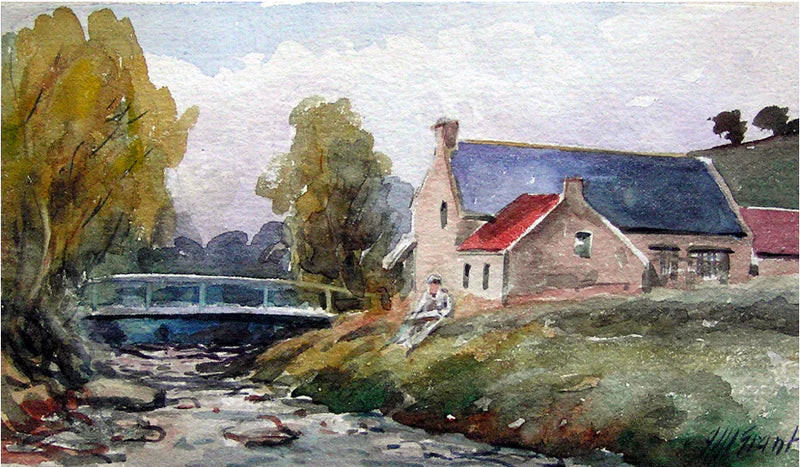
Simon Fraser
1845
Simon Fraser, a hand loom weaver and local farmer, rents the Mill.
He was Graeme Stewart’s great-great-grandfather on his mother’s side.
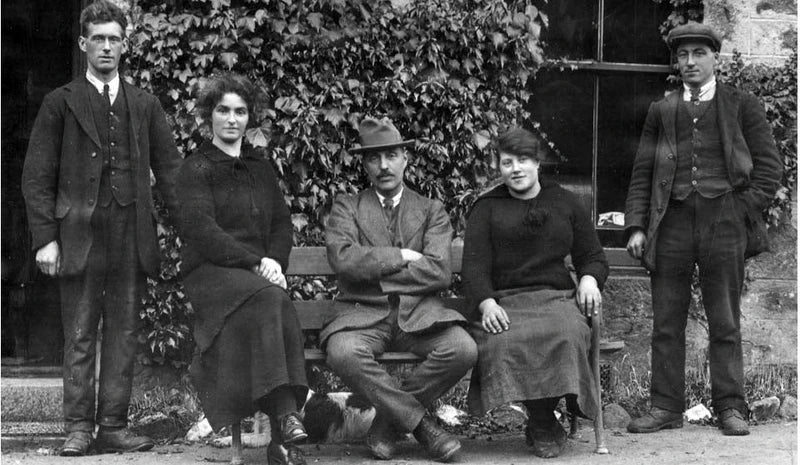
A. Smith and Son
1865
Parish records now show the Mill being owned by Alexander Smith. Alexander Smith forms A. Smith and Son, the company name until 1975.
From this point, the Mill was continuously owned by thesame family - including nephew Duncan Stewart - until 1976.
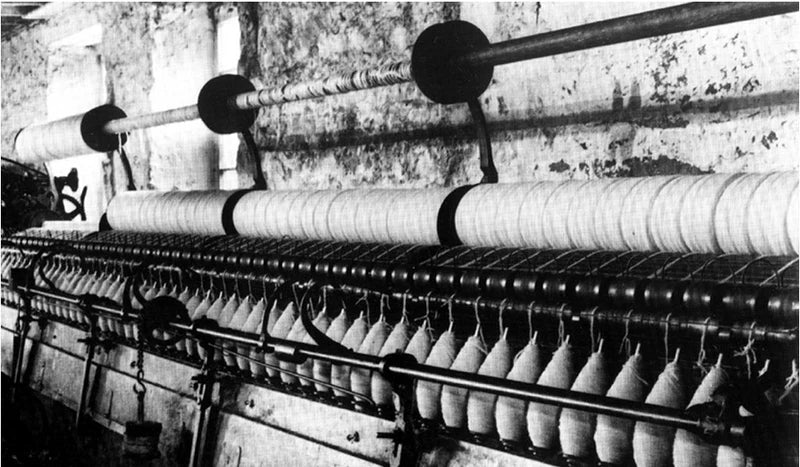
Modernisation at the Mill
1870
An ambitious programme of modernisation takes place at the Mill with a waterwheel installed and processes mechanised.
In 1900 the carding machinery and the spinning mule are purchased from the Laidlaw Mill in Rothiemay.
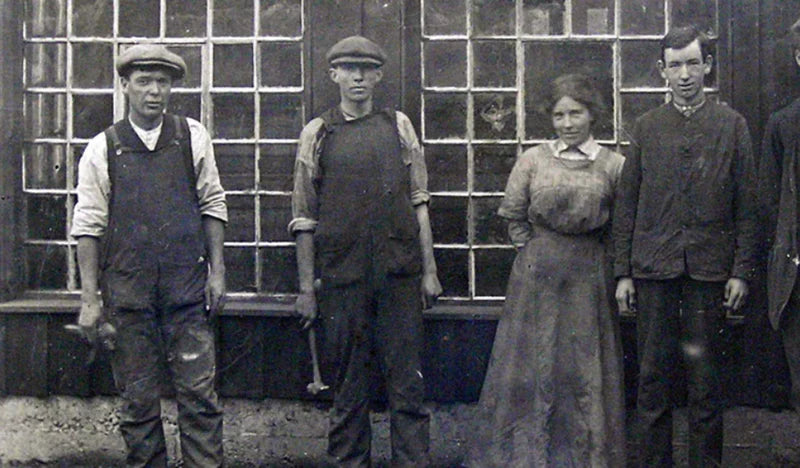
World War One
1915
Hundreds of blankets are supplied to the War Office for troops at the Front.
A shed was built to dry the blankets in bad weather in order to meet the demand.
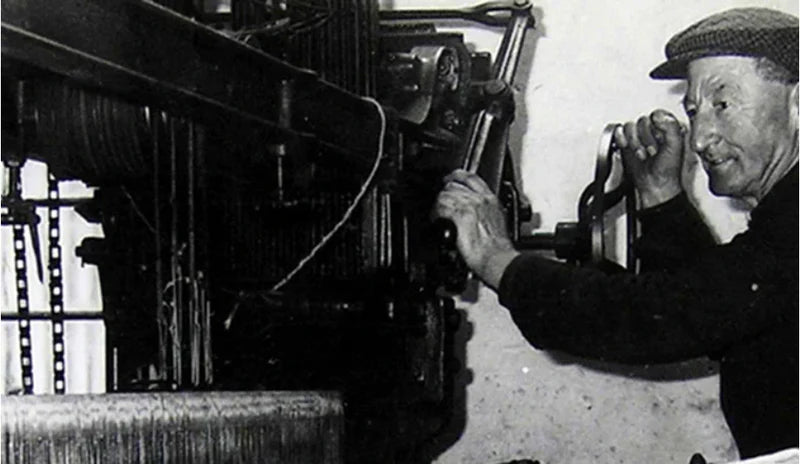
Duncan Stewart
1930
Having been badly wounded in the war, Duncan joins the company doing light work until he recovers.
In 1938, James Smith dies. Duncan Stewart goes into partnership with his Aunt Emma and together they run the company.
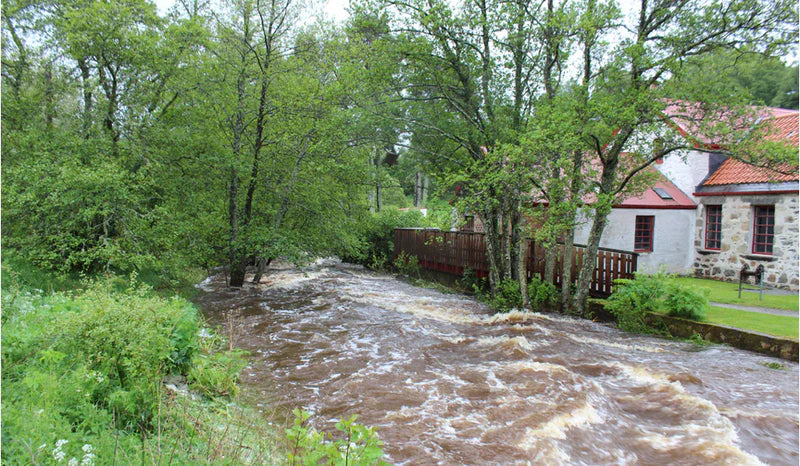
The Flood
1945
The Mill suffers a significant setback when part of the weaving shed is washed away by the burn in flood.
Weaving was undertaken in the open air until the Mill could be repaired.
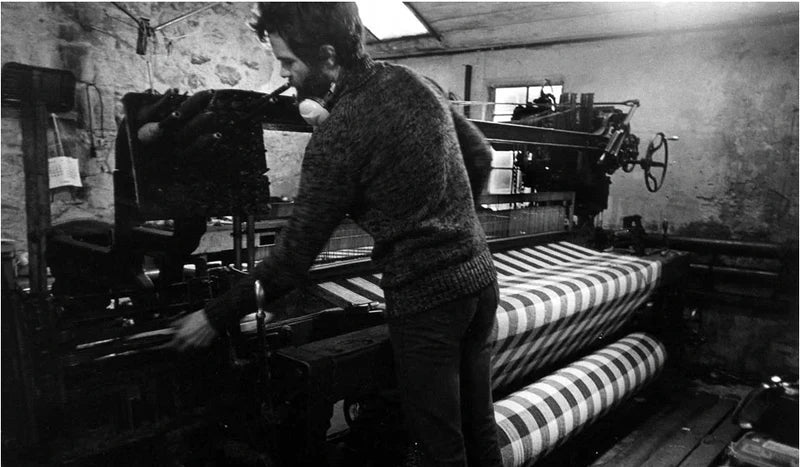
Newcomers to the Mill
1970
Hugh Jones and two friends touring the area learn to weave and operate the carding machine and spinning mule under the instruction of Duncan Stewart.
In 1976 Hugh Jones buys the Mill from Duncan Stewart and eventually runs it on his own for the next 30 years.
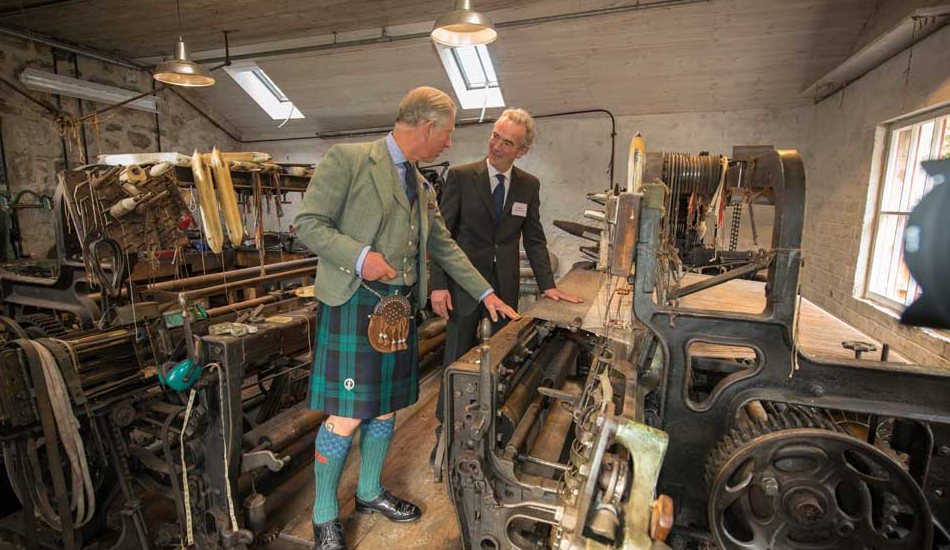
The Knockando Woolmill trust is formed & an official opening
2000-2014
The Knockando Woolmill trust is formed and Hugh Jones hands over the Woolmill to the Trust.
In 2000 the Mill is chosen as a Scottish finalist for the BBC programme Restoration
In October 2012 HRH Prince Charles officially opens the restored Mill. Restoration was fully completed in 2014.
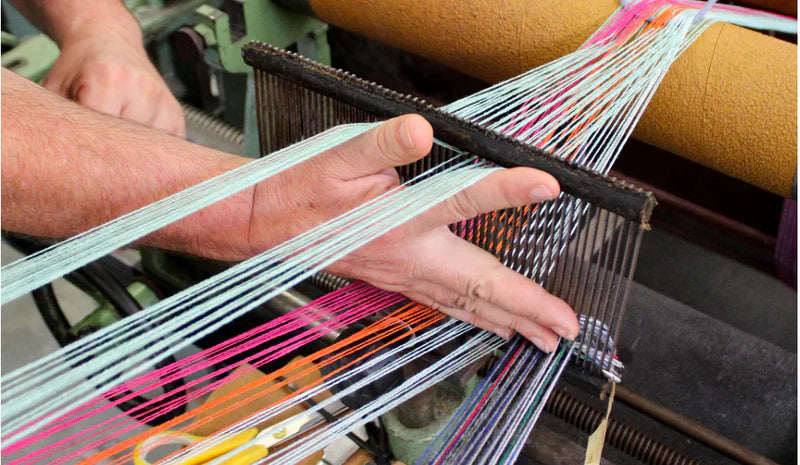
Prize for Cultural Heritage & Modernisation at the mill
2014-2016
Knockando Woolmill is one of the winners of the 2016 European Union Prize for the Cultural Heritage / Europa Nostra Awards, Europe's highest honour in the heritage field. The Woolmill received the award for the category 'Conservation'.Further modernisation takes place at the Mill with the introduction of computer aided design software.
The first annual New Woven Textile Designer Award competition takes place with Jessica Cutler (graduate, Textiles in Practice, Manchester School of Art) the winner.n Prize for the Cultural Heritage / Europa Nostra Awards, Europe's highest honour in the heritage field.
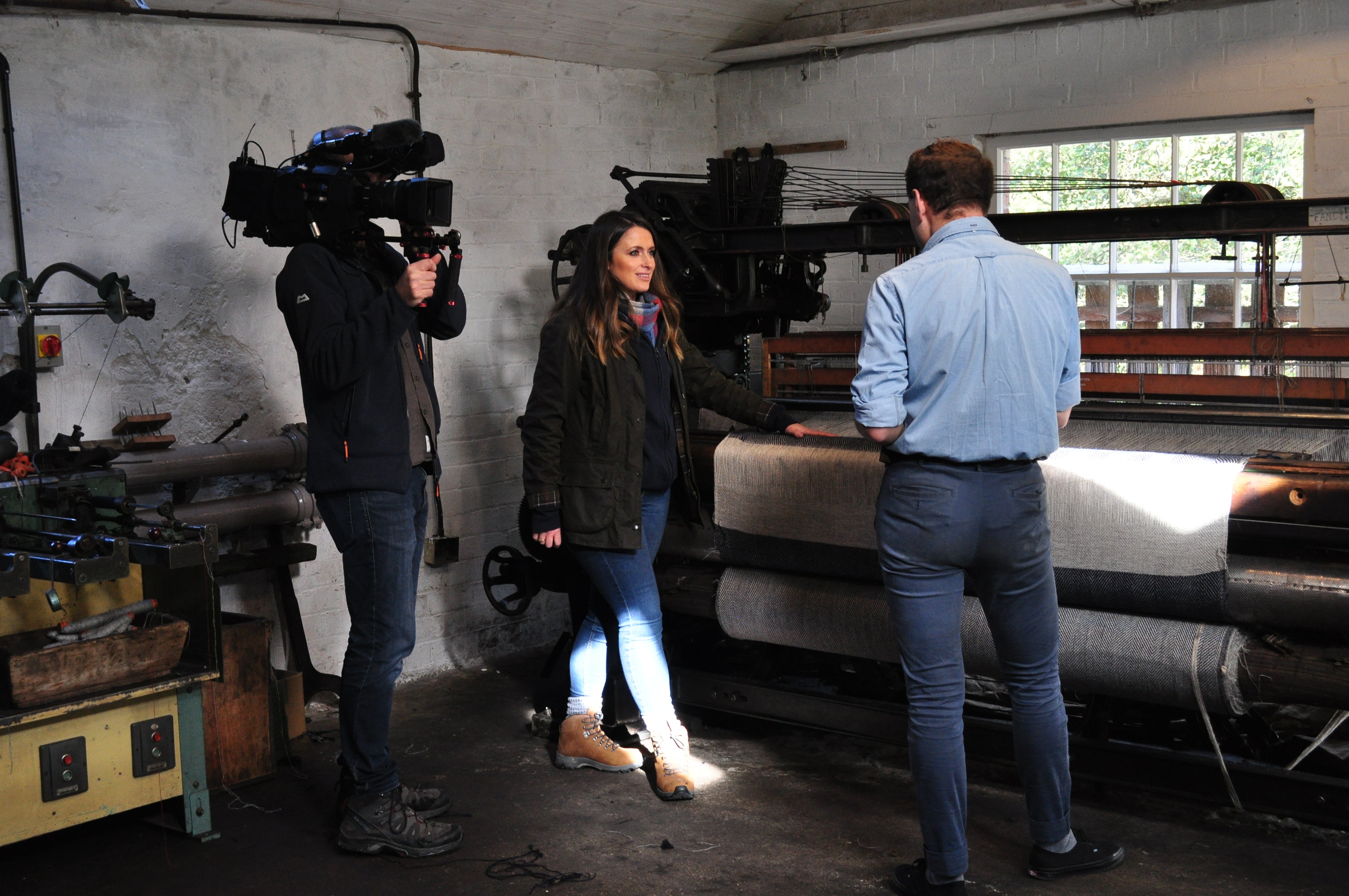
RESTORATION OF HISTORIC MACHINERY, LUXURY RETAIL LISTING, THE MILL IS FEATURED IN BBC’S LANDWARD
2017-2020
The 125-year-old Dobcross loom undergoes meticulous restoration by Daniel Harris and his assistant Bethany Couldrick from the London Cloth Company, with everypart being carefully stripped back, refurbished, and then reassembled.
The popular television programme, BBC's Landward, visits the Mill in 2019, to film an episode focusing on the rich history and intricate workings of the remarkable 125-year-old Dobcross loom.
Knockando Woolmill achieves a significant milestone by securing a retail listing with the prestigious Harvey Nichols department store in Edinburgh in January of 2020, showcasing an exquisite range of products to a wider audience. This important marketing opportunity for the Mill was frustrated by the onset of Covid in March 2020.
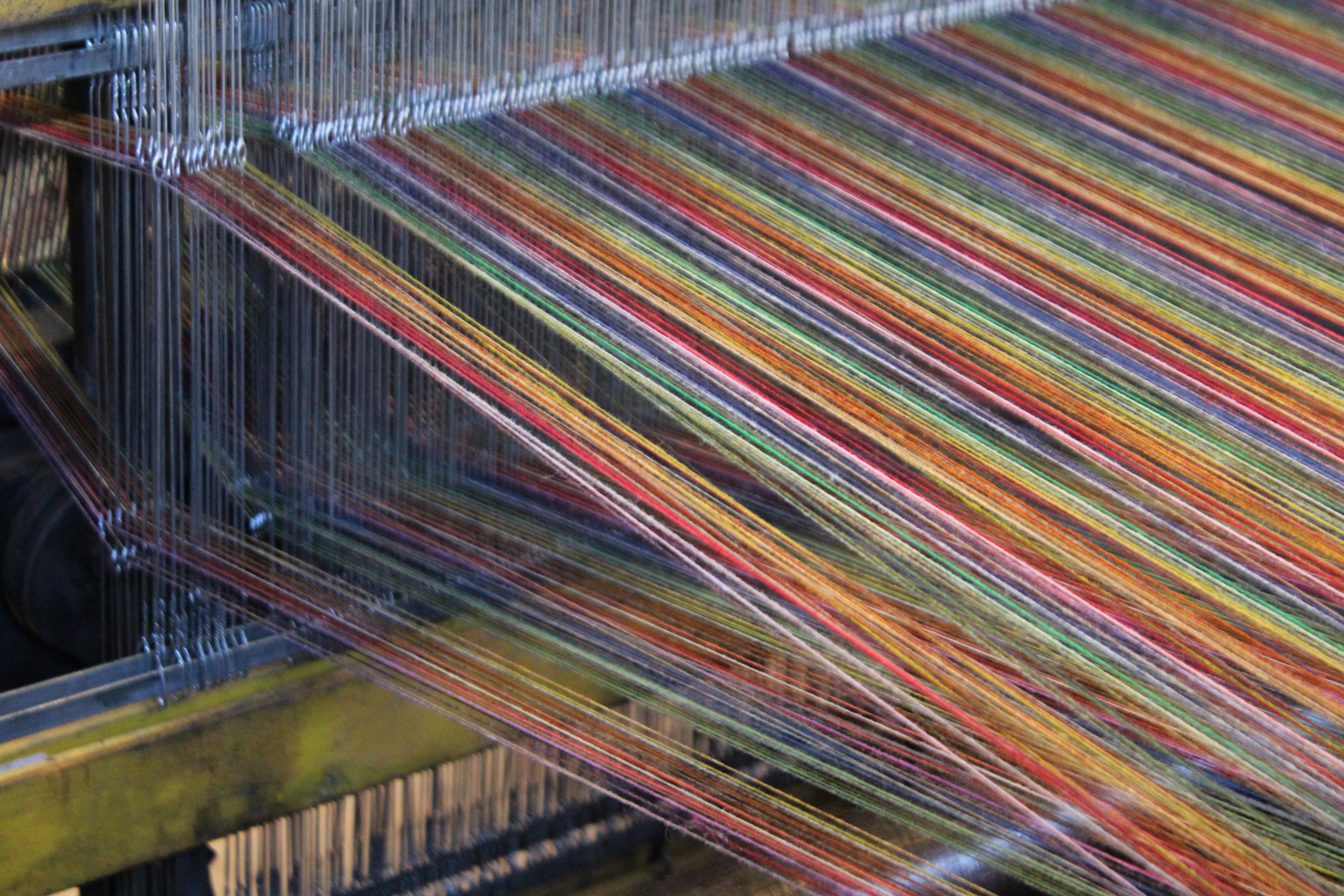
TRAINEE WEAVERS
2024
The Mill employs two trainees to learn to weave on both the Dornier looms and the historic Dobcross loom.
The Mill’s historic buildings, retail and Red Roof Coffee shop continue to open annually for the summer season.
